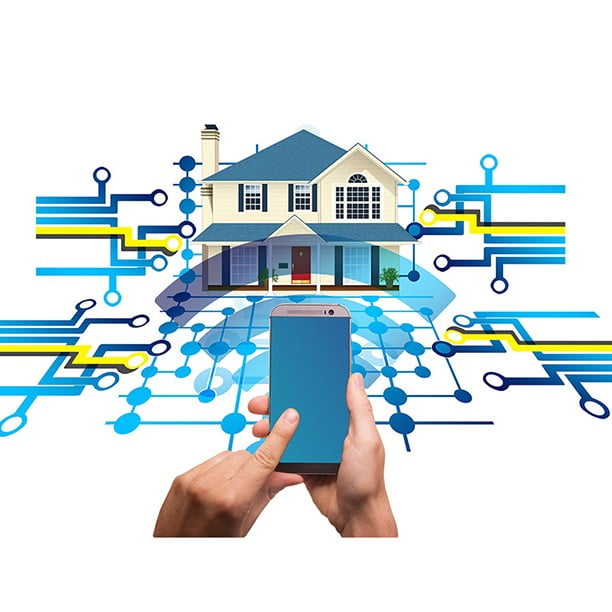As the saying goes, all battle plans are perfect until it commences. Those who are part of the construction industry can definitely relate to this in a sense that, they could plan the construction project up to its very last detail. However, there’s still the risk of experiencing some issues later on.
One of the few reasons behind this is that, in a construction project, there are several people involved. That means, there’s always a risk of something getting mishandled, especially if the workers are not careful enough.
However, with effective project management, this can easily be avoided. Allow us to discuss the top construction tech innovations to streamline the industry.
Automated Workflow Tools
For the past few years, construction software continues to develop. That offers more excellent opportunities to improve, automate, and more importantly, simplify processes. As we talk about efficiency and collaboration, a dedicated workflow comes in very handy, and it’s now part of a software package construction experts could use when integrated with existing infrastructure like traffic safety cones. That means both tasks, together with the whole process, can easily be set up to where it could automatically be part of the project.
Document Imaging
A few decades ago, when you visit a contractor’s office, you’ll be welcomed with an office filled with filing cabinets, to the point that there isn’t any space left.
However, with technology, devices to save space have been developed. One of which are scanners that would allow you to create backups of your files, which would also make it for experts to easily access and acquire the information they need.
Project Management and Mobile Apps
Smartphones become very common. As a matter of fact, almost everyone owns it, and it’s being widely used in the construction industry. The beautiful thing about smartphones, as well as mobile apps, is that they are being utilized on the construction site and they are capable of handling a wide range of management tasks.
This includes viewing the project, down to specs to any devices. Aside from that, they can also be connected with other safety devices, such as road barriers, PPE wearables, and many more.
Complete ERP Systems
In the construction industry, full-service construction ERP software is known to be very useful because they have some purposes, such as project management, job costing, equipment monitoring, document management, inventory management, and so on.
By being able to use a single data for everything, the whole team will be able to share the necessary information automatically across various channels without the need to perform multiple data entry. That’s not all, there are also a lot of programs specifically designed for this.
Connected Job Sites
Connected job sites are probably one of the few technological trends that the construction industry can’t ignore. More often than not, engineers, managers, surveyors, and construction workers should work hand in hand to ensure that they’re on the same page of the project.
With technology, they are all connected together now. To support that, there’s actually a wide range of software solutions being made to ensure that the whole site would be able to communicate without any issues at all.
Prefabrication
Prefabrication is not really 100% new. As a matter of fact, it has been part of the construction industry for decades. However, new technologies are also offering remarkable improvements in this aspect, and it’s also changing how the construction industry uses prefab in a construction project.
For example, there are now mobile technologies used to offer complete visibility to a prefabrication process, allowing the project managers to see what is happening in real time.
Machine Learning
Ensuring safety is very important in the construction industry. No doubt about that as it’s considered to be one of the most dangerous industries. With technology, there has been some innovations that have dramatically improved this sector.
For instance, some devices could intelligently analyze the data for some purposes– this includes quality, safety, tracking, and even marketing.
These devices also work great in analyzing videos, photos, and other visual data coming from the job site, and it could also monitor safety violations, and even tag items by room associating them with plan data.
Through this, experts would have instant access to visual information without having to resort to mass data that could usually take time. Likewise, it’s a remarkable improvement that makes the identification of visual data easier.

























